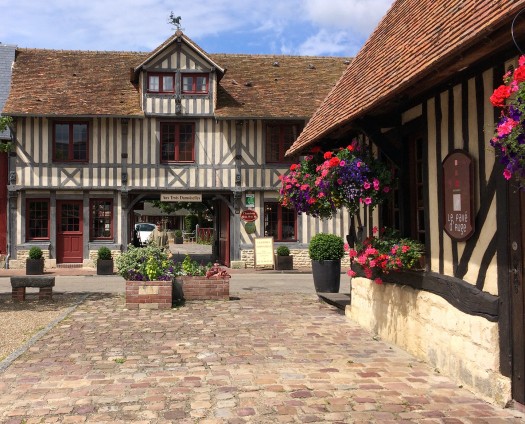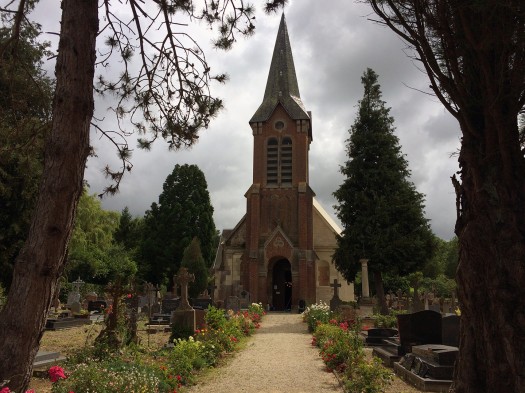A Placemaking Journal
Beuvron-en-Auge: 15th century town planning stands the test of time
Every month or so, we add to our collection of lessons from livable places. These are the neighbourhoods where walking the streets and looking carefully at the urban forms provide insights into what makes for lovability over time. Today, I’d like to consider Beuvron-en-Auge, deemed one of the most beautiful villages in France by Les Plus Beaux Villages de France. In the heart of cider country, the half-timber construction and picturesque Norman streets suggest a timeless beauty that belies the recent struggle for historic preservation and restoration.
In the early 1970’s, many of the village buildings had been “updated” and cloaked in modern concrete. 15th through 17th century structures had been turned into a “sea of blurred shabby architecture.” Fortunately, Mayor Michel Vermughe turned it all around, with vision, passion, and heritage funds to restore village character. All images are clickable for a larger view, and have CreativeCommons ShareAlike License with Attribution to Hazel Borys.

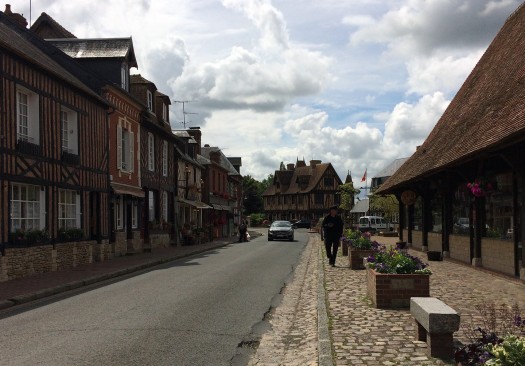
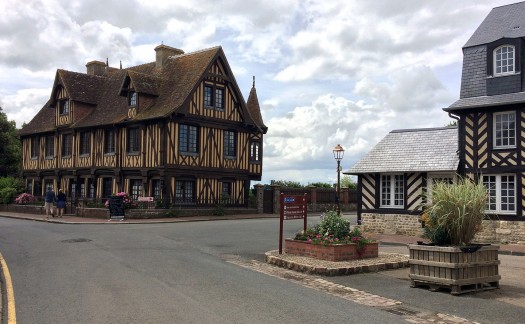
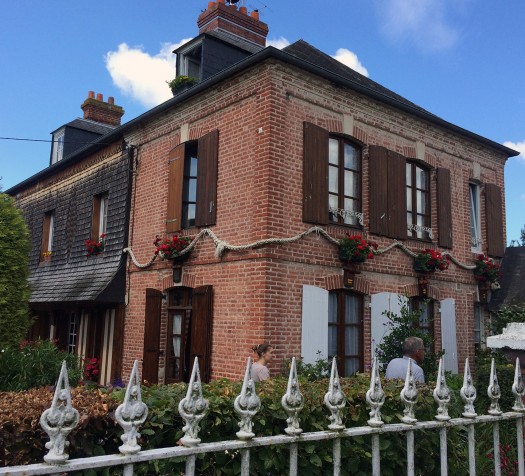
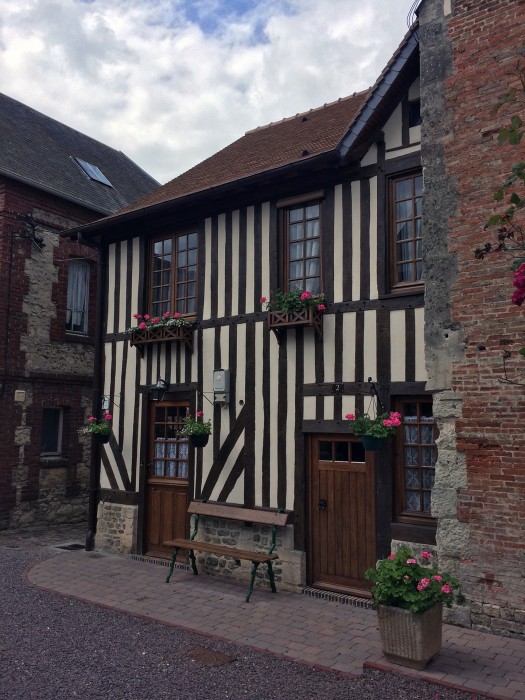

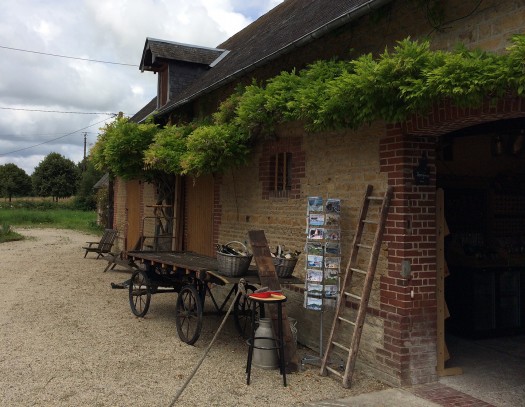
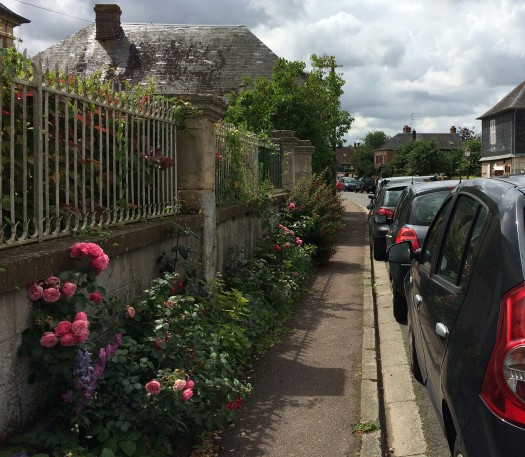
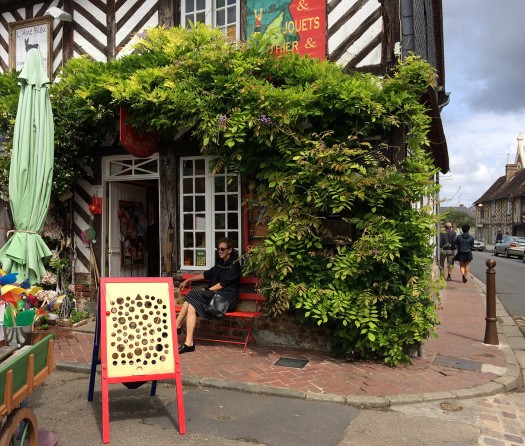
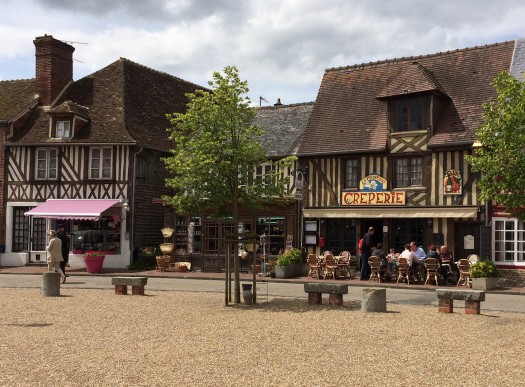
Often when North American urbanists look to Europe for inspiration, we hear complaints that these stories have little relevance within our political and cultural landscape. However, the Beuvron-en-Auge story reminds me of Charleston, South Carolina, with respect to what a visionary mayor can accomplish.
Beuvron-en-Auge Mayor Michel Vermughe was born in 1923 and served as mayor from 1971 to 1996. Charleston Mayor Joe Riley was born in 1943 and was mayor from 1975 to 2016. Both were handed communities suffering from the flight to suburbs and highways. Each used their tenure as mayor, of 25 and 40 years respectively, to restore livability and lovability.
When the young Mayor Joe Riley went to Europe soon after taking office to learn from livable urbanism, he observed:
I was seeing cities where the public realm was accorded the highest priority, and that the citizens revered that. Beauty has no economic litmus test. It’s a basic human need and instinct.”
At the end of this great Architect magazine article on Joe Riley, the hour-and-a-half presentation from Andrés Duany deals specifically with how to realize these sorts of livable places. Most of his advice applies to both sides of the Atlantic. He points out that many of the “problems that loom very large are actually very small,” and can be dealt with through land use law reform. Andrés encourages each city or town to carefully consider their brand, and then ensure the land use laws and building codes contribute to that brand, instead of eroding and destroying it.
–Hazel Borys
If PlaceShakers is our soapbox, our Facebook page is where we step down, grab a drink and enjoy a little conversation. Looking for a heads-up on the latest community-building news and perspective from around the web? Click through and “Like” us and we’ll keep you in the loop.









